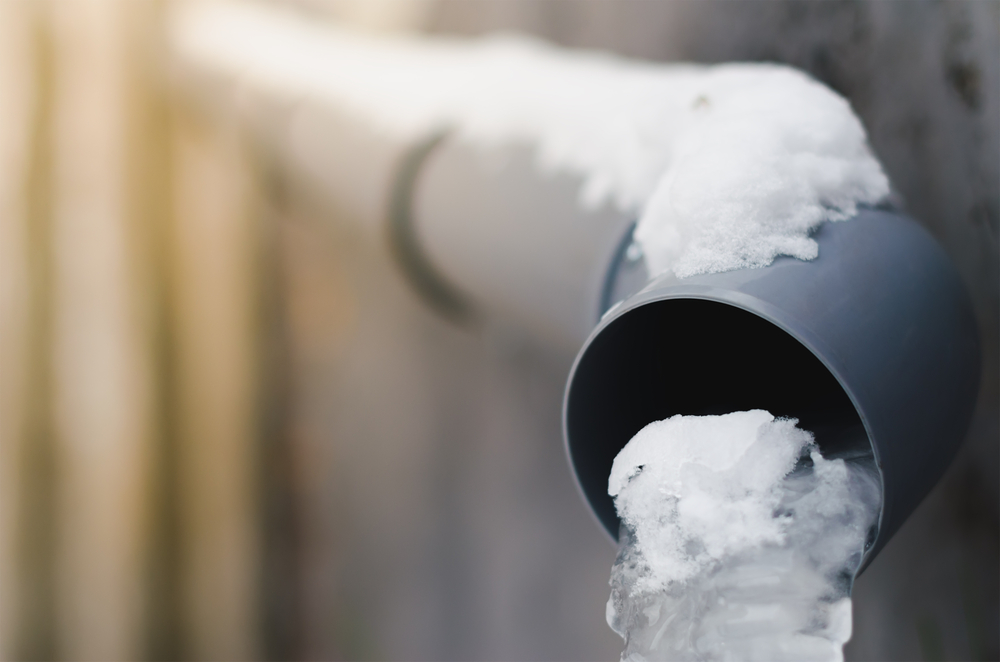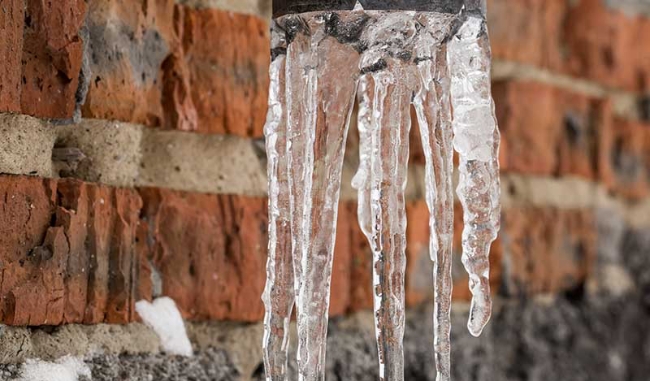Crucial Advice to Avoid Frozen Pipes in Cold Weather
Crucial Advice to Avoid Frozen Pipes in Cold Weather
Blog Article
What're your thoughts on Helpful Tips to Prevent Frozen Pipes this Winter?

Winter can wreak havoc on your pipes, particularly by freezing pipes. Right here's just how to prevent it from happening and what to do if it does.
Introduction
As temperatures decline, the threat of frozen pipelines increases, potentially causing pricey repair work and water damages. Understanding how to stop icy pipelines is vital for home owners in cool environments.
Recognizing Frozen Pipelines
What triggers pipes to ice up?
Pipes ice up when revealed to temperature levels listed below 32 ° F (0 ° C) for expanded durations. As water inside the pipelines ices up, it increases, putting pressure on the pipeline walls and potentially causing them to rupture.
Risks and problems
Frozen pipelines can lead to water supply disturbances, property damages, and costly repairs. Ruptured pipelines can flooding homes and trigger comprehensive structural damage.
Indications of Frozen Pipeline
Determining frozen pipelines early can avoid them from bursting.
How to identify frozen pipelines
Look for lowered water flow from taps, unusual smells or noises from pipelines, and noticeable frost on exposed pipes.
Avoidance Tips
Shielding susceptible pipelines
Wrap pipelines in insulation sleeves or utilize heat tape to secure them from freezing temperatures. Concentrate on pipes in unheated or external areas of the home.
Heating strategies
Keep interior rooms adequately heated up, specifically locations with pipes. Open up closet doors to allow warm air to circulate around pipes under sinks.
Protecting Outdoor Plumbing
Garden tubes and exterior taps
Detach and drain garden hoses before winter. Mount frost-proof faucets or cover outdoor faucets with protected caps.
What to Do If Your Pipelines Freeze
Immediate activities to take
If you think frozen pipelines, maintain faucets available to ease stress as the ice thaws. Use a hairdryer or towels taken in warm water to thaw pipelines slowly.
Long-Term Solutions
Structural modifications
Take into consideration rerouting pipes far from exterior wall surfaces or unheated areas. Add extra insulation to attic rooms, basements, and crawl spaces.
Updating insulation
Purchase top quality insulation for pipes, attics, and wall surfaces. Proper insulation aids keep regular temperatures and decreases the risk of icy pipelines.
Final thought
Protecting against icy pipes requires proactive measures and fast reactions. By understanding the reasons, indications, and preventive measures, home owners can secure their plumbing throughout cold weather.
5 Ways to Prevent Frozen Pipes
Drain Outdoor Faucets and Disconnect Hoses
First, close the shut-off valve that controls the flow of water in the pipe to your outdoor faucet. Then, head outside to disconnect and drain your hose and open the outdoor faucet to allow the water to completely drain out of the line. Turn off the faucet when done. Finally, head back to the shut-off valve and drain the remaining water inside the pipe into a bucket or container. Additionally, if you have a home irrigation system, you should consider hiring an expert to clear the system of water each year.
Insulate Pipes
One of the best and most cost-effective methods for preventing frozen water pipes is to wrap your pipes with insulation. This is especially important for areas in your home that aren’t exposed to heat, such as an attic. We suggest using foam sleeves, which can typically be found at your local hardware store.
Keep Heat Running at 65
Your pipes are located inside your walls, and the temperature there is much colder than the rest of the house. To prevent your pipes from freezing, The Insurance Information Institute suggests that you keep your home heated to at least 65 degrees, even when traveling. You may want to invest in smart devices that can keep an eye on the temperature in your home while you’re away.
Leave Water Dripping
Moving water — even a small trickle — can prevent ice from forming inside your pipes. When freezing temps are imminent, start a drip of water from all faucets that serve exposed pipes. Leaving a few faucets running will also help relieve pressure inside the pipes and help prevent a rupture if the water inside freezes.
Open Cupboard Doors
Warm your kitchen and bathroom pipes by opening cupboards and vanities. You should also leave your interior doors ajar to help warm air circulate evenly throughout your home.

Do you enjoy reading up on Preventing and dealing with frozen pipes? Put a remark below. We will be happy to see your insights about this page. Hoping that you visit us again before long. Are you aware of another person who is serious about the topic? Do not hesitate to promote it. We thank you for reading our article about Prevent Frozen Pipes .
Call Today Report this page